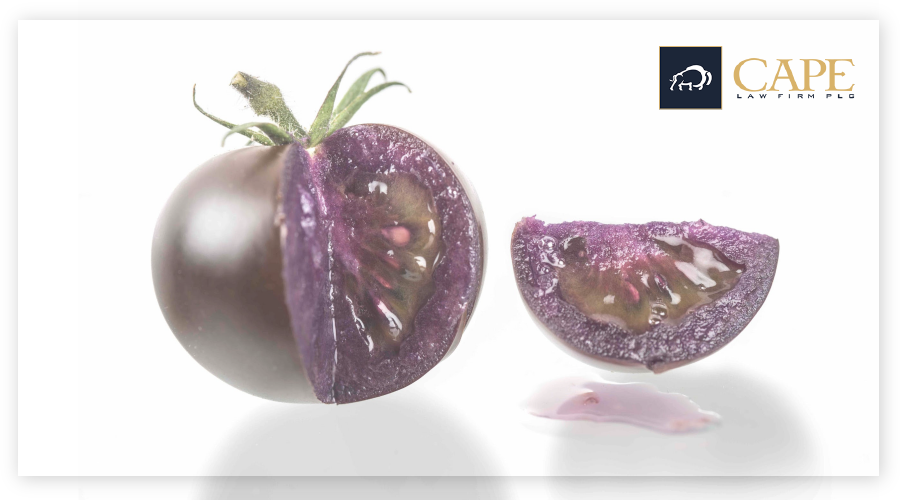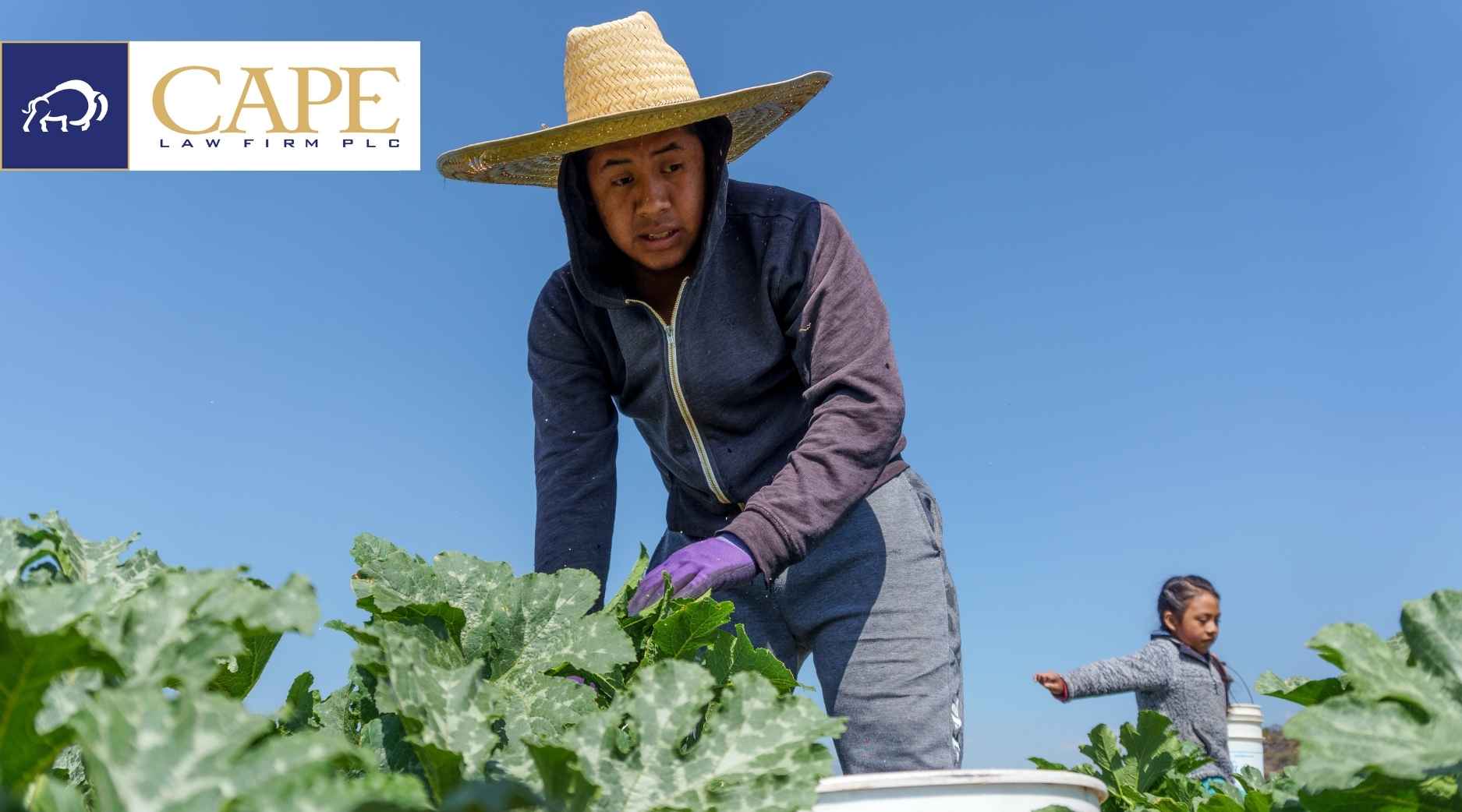HAPPY FRIDAY! We’re back to keep you informed and entertained with the newest edition of our newsletter with legal news and noteworthy happenings for agriculture professionals (and the occasional contrarian viewpoint). We also aim to keep our readers guessing with a bit ‘o trivia (and the chance to win a prize)!
If someone thought well enough to forward this to you and you’d like to be on the list, please click here to sign up.
A Purple Tomato for What Ails You
USDA’s Animal and Plant Health Inspection Service has given approval to a new genetically modified tomato developed by Norfolk Plant Sciences with improved levels of anthocyanins, giving the tomato a deep purple color. Two genes from Snapdragons were added to create the nutritionally enhanced tomatoes by “turning on” the plant’s ability to produce higher levels of anthocyanins which are valued for their anti-oxidant properties. You can read more about these new tomatoes at the Big Purple Tomato website.
|
|
Is Your Scotch Certified?
This past summer the Scotch Whisky Association was granted a Certification Mark by the U.S. Patent and Trademark Office for “Scotch Whisky” (note, whisky without the “e”). This means that when you buy a bottle of spirits labeled “Scotch Whisky,” the spirits inside “originate in Scotland and have met the Standards as set forth in The Scotch Whisky Regulations 2009 and the Scotch Whisky technical file.” In other words, it is the “real thing.” The purpose of a certification mark is to show consumers that a product (or services) complies with a set of standards (for example, geographic origin, quality, manufacturing method, etc.). The owner of a certification mark is not the source of the goods (i.e., doesn’t produce them), rather it ensures that the goods meet the standards the mark is meant to represent. By comparison, a trademark is used to show the source of the goods. The specimen submitted by the Scotch Whisky Association to show the use of the certification mark was a bottle of Glenfiddich 12 year single malt:
|
|
One of the most widely recognized certification marks in agriculture is the “USDA Organic” mark, which signifies compliance with national organic standards:
|
|
The new certification mark adds to the legal protections that ensures that scotch is, well, actually Scotch. It is also subject to a federal standard of identity which requires that to be labeled as Scotch, the spirit must be “unblended whisky manufactured in Scotland in compliance with the laws of the United Kingdom” and “distilled from a fermented mash of grain at less than 95% alcohol by volume (190 proof) having the taste, aroma and characteristics generally attributed to whisky and bottled at not less than 40% alcohol by volume (80 proof).”





